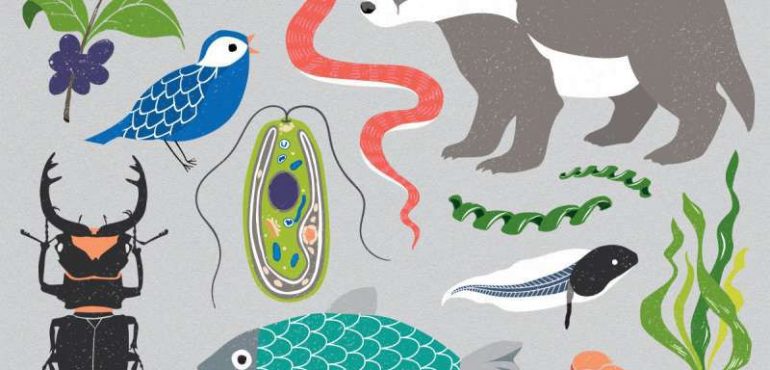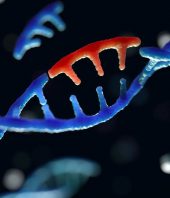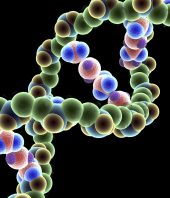Last week, a global consortium of scientists officially launched the Earth BioGenome Project. As Kate Kelland at Reuters reports, the backers are calling the extensive initiative the next “moonshot for biology.” Projected to cost $4.7 billion, it aims to sequence the DNA of the 1.5 million known species of eukaryotic, or complex species of life on Earth. Having a DNA map of so many species, researchers say, will reframe what we know about biology, ecology and biodiversity.
According to a press release, the project is kicking off with a new effort by the Wellcome Sanger Institute, called the Darwin Tree of Life Project, which aims to sequence all 66,000 eukaryotic species found in Great Britain over the next ten years. In total, 17 institutions across the globe, including the Smithsonian, have signed on for the project and will outline their plans in the near future.
Currently, scientists have only sequenced the genomes of about 3,500 species of complex life and only about 100 have been sequenced at “reference quality” which is used for in-depth research. Adding tens of thousands of genomes to that list is nothing short of revolutionary.
“We’re talking about new medicines, new fuels for the future,” Julia Wilson of the Sanger Trust tells Victoria Gill at the BBC. “We’re limited at the moment by our imaginations—we can't even imagine what this would tell us.”
The ambitious idea first came together in 2015 at a meeting spearheaded by Harry A. Lewin, University of California, Davis distinguished professor of evolution and ecology; Gene Robinson, director of the Carl R. Woese University of Illinois’ Institute for Genomic Biology; and W. John Kress, research botanist and curator at the Smithsonian's National Museum of Natural History.
The researchers were inspired by the Human Genome Project. While the historic sequencing of the human genome in 2003 had taken over a decade to do and cost roughly $3 billion at the time (which, if you take inflation into account, would cost an estimated $5 billion t0day), the massive effort dramatically reduced the cost of sequencing services. That puts this massive project within the realm of possibility.
When completed, it’s believed the Earth BioGenome Project will produce an exabyte of data, or 1 billion gigabytes, which will be shared online for free.
It’s hard to say what the gene mapping will lead to. “The gaps in our knowledge are a lot bigger than what we know,” Lewin tells the BBC. “So we're not even filling in the pieces of the puzzle; most of the puzzle is empty.”
But as Jim Smith, director of science at the Wellcome Trust, points out the same was true when researchers first got to work on the Human Genome Project a quarter century ago. “[W]e could not imagine how the DNA sequence produced back then would transform research into human health and disease today,” says Smith. “Embarking on a mission to sequence all life on Earth is no different.”
Source: Smithsonian, Full Article






